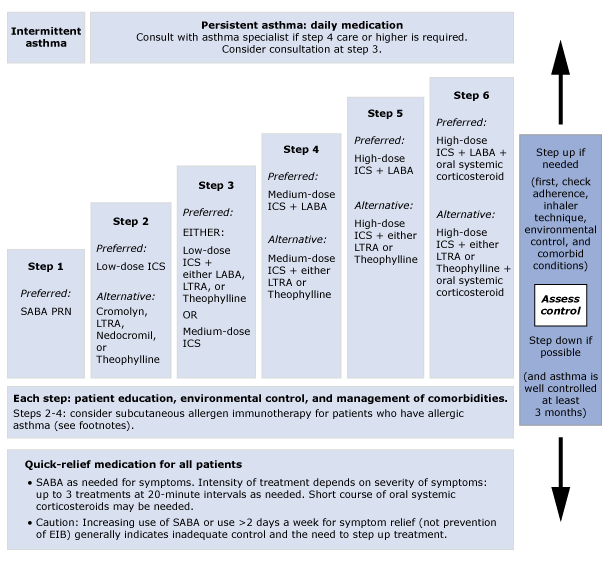Moon Phase Update: First Quarter Visibility on July 2, 2025

On July 2, 2025, the moon will be in its First Quarter phase, exhibiting approximately 48% illumination as observed from Earth. This phase occurs seven days into the lunar cycle, which spans approximately 29.5 days, according to NASA's lunar observation data. During this period, the moon appears as a half-moon, providing an excellent opportunity for stargazers to observe notable lunar features such as the Mare Serenitatis, Mare Tranquillitatis, and Mare Fecunditatis. These regions will be visible in the top right section of the moon for observers in the Northern Hemisphere, while those in the Southern Hemisphere should look to the bottom left.
Astronomers recommend utilizing binoculars to spot additional details, including the Endymion Crater and Posidonius Crater, along with Mare Nectaris. For those equipped with telescopes, features such as the landing sites of Apollo missions 11 and 17, as well as the Rupes Altai and the Descartes Highlands, will also be observable. This visibility not only highlights the beauty of our celestial neighbor but also serves as a reminder of the intricate workings of the lunar cycle.
The next full moon will occur on July 10, 2025, following the last full moon that took place on June 11, 2025. Understanding moon phases—caused by the relative positioning of the Sun, Earth, and Moon—provides insights into how we perceive the moon's lighting and visibility from our planet. Each of the eight primary phases, including the New Moon, Waxing Crescent, First Quarter, Waxing Gibbous, Full Moon, Waning Gibbous, Last Quarter, and Waning Crescent, play a crucial role in the lunar cycle, influencing various cultural and scientific phenomena.
This First Quarter phase represents a significant point in the lunar cycle, offering both amateur and experienced astronomers a chance to appreciate the moon's surface features in detail. The visibility of the moon can also serve educational purposes, enhancing public interest in astronomy and encouraging future explorations of space, as noted by Dr. Emily Watson, an astrophysicist at the Massachusetts Institute of Technology (MIT). Dr. Watson emphasizes that understanding the moon's phases can inspire a deeper appreciation for our solar system and the dynamics of celestial bodies.
In conclusion, as the moon transitions through its phases, it continues to capture the interest of individuals worldwide, fostering curiosity and encouraging exploration of the cosmos. The upcoming First Quarter phase on July 2, 2025, serves as an invitation for skywatchers to engage with the night sky, uncovering the wonders that lie beyond our planet's atmosphere.
Advertisement
Tags
Advertisement





